The Cool Logistics Global conference has been taking place this week in Italy's bustling city of Genoa, there have been three days of sessions packed with facts, figures, predictions and knowledge about the global shipping and container industry.
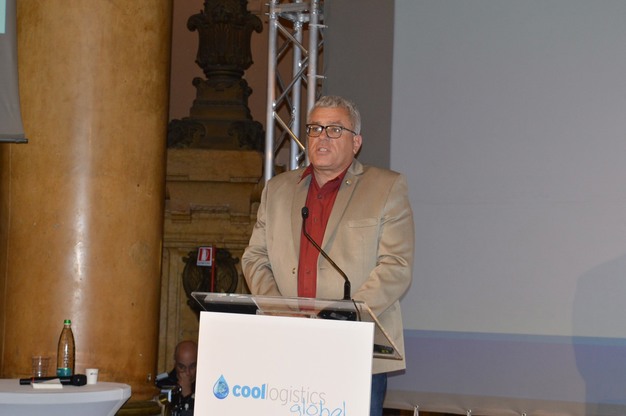
Andy Connell - A-bar-C Services
Andy Connell from A-bar-C Services is a very familiar face the Cool Logistics conferences, acting as moderator as well as giving presentations. On Thursday afternoon he spoke about how he has helped companies with supply chain issues and container rejections. Issues with quality on arrival can lead to whole containers being rejected and growers/ exporters losing a lot of money.
These quality issues, however are not always the fault of the grower or exporter; in a recent shipment of blueberries out of South Africa where a ship was loaded with multiple containers of blueberries as well as other fruits and macadamias, there were issues of botrytis in one of the containers which was then rejected on arrival, subsequently Andy discovered the same issue in four other containers of blueberries on the same ship. Andy investigated the issue and found it was due to a possible contamination during the journey, due to airflow and positioning of the containers on the ship. He went on to discover this had happened on other ships too.
This discovery has led to a strategic move by some shipping lines to reposition containers on the vessels. There is also research being done into circulating probiotics in containers to stop the spread of spores.
Click here to see the photo report
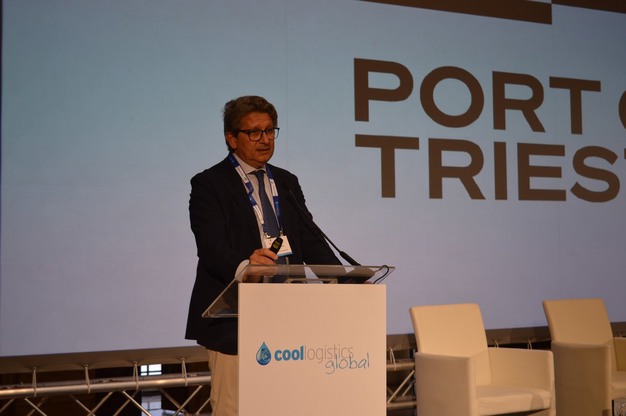
Zeno D'Agosta - Port of Triest
Zeno D'Agosta, President of the Port of Trieste explained how the port was the most inland port in Italy and well integrated being the first port in Italy on rail connections and the biggest in terms of tonnage with great geographical position and intermodal links. The port has a natural draft of up to 18m and its rail links carry 200 trains per week to destinations throughout Europe.
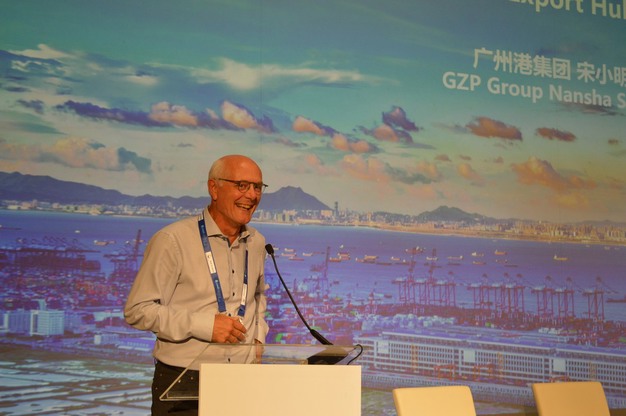
Johannes Nanninga - Port of Nansha
Johannes Nanninga from the Port of Nansha gave a presentation on the growth at the port and the challenges faced in recent years. The port is still investing with phase two temperature controlled warehouse space and reefer yard, the port has 1840 reefer plug. It is also well placed geographically only 90kms from Jiangnonghui fruit market, Hong Kong is 180 km away and Shenzen 168 km away.
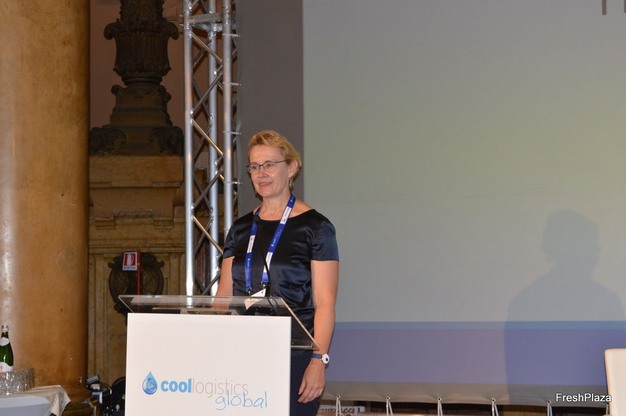
Annika Kroon - European Commission
On Thursday morning the first presentation came from Annika Kroon, Head of Unit Maritime Transport and logistics at the European Commission. She spoke about EU policies for transport, the objectives for safety and regulation and sustainability. She outlined how the supply chain was of great importance in keeping the shelves stocked which was shown during the pandemic. She also out the lined the many challenges faced such as borders and regulations; the aim is to streamline regulations which is not easy, but digital technology can mitigate this
One of the significant challenges would be to reduce emissions as 30% of CO2 emissions come from trade transport, there is a trend to move to more rail based solutions, but in fact rail has actually decreased slightly in the last few years.
A major challenge is that the industry has to be climate neutral by 2050 and the shipping industry needs to reduce emissions by 90%,meaning logistical systems need to be improved and use more clean energy.
Click here to see the photo report
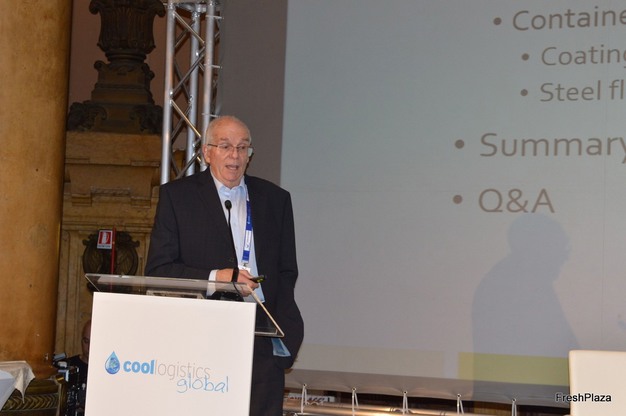
Michael Downes - Southern Container Advisory
Michael Downes, owner at Southern Container Advisory gave a presentation on mitigating the risk of pest infestation on containers, he outlined the many ways that pests can move from country to country, continent to continent in or on containers and gave many solutions to help limit the spread, which include changing certain aspects of container design and enhanced inspection and cleaning of containers.
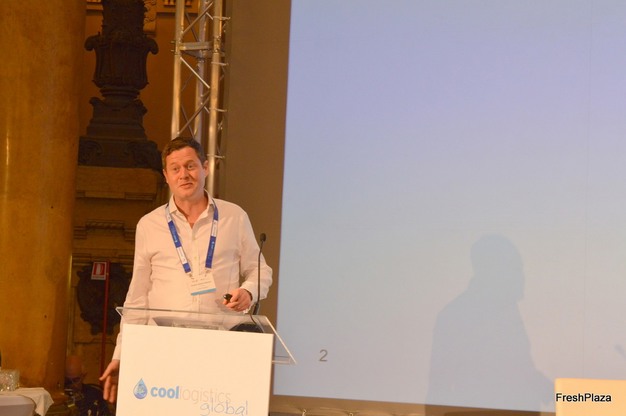
Andrew Watson-Steward - TT Club
Andrew Watson-Steward, Senior Underwriter at the TT Club gave delegates a perspective from an insurer's view asking questions like who is responsible when losses occur? He summarised that everyone was responsible.
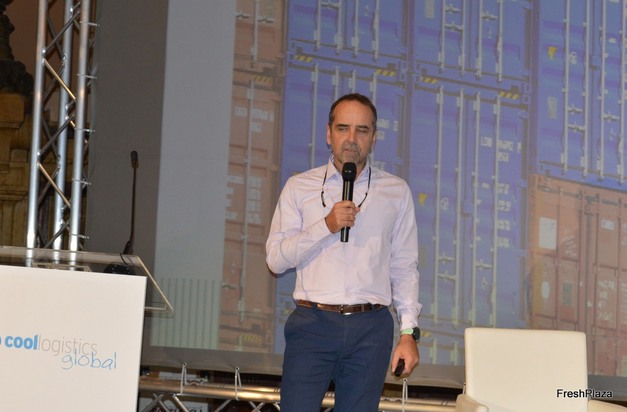
Douglas Owens - Bureau International des Containers (BIC)
Douglas Owens, Secretary General at the Bureau International des Containers (BIC) which is a non-profit NGO founded in 1933 and now has 2800 members in 130 countries around the world. The organisation promote safety, security and standardisation in the sector. A big part of what they do is digitalising the BIC codes on containers, having a global database of every container. He also said that 'smart' containers are here and there will be 10million of them by 2027.
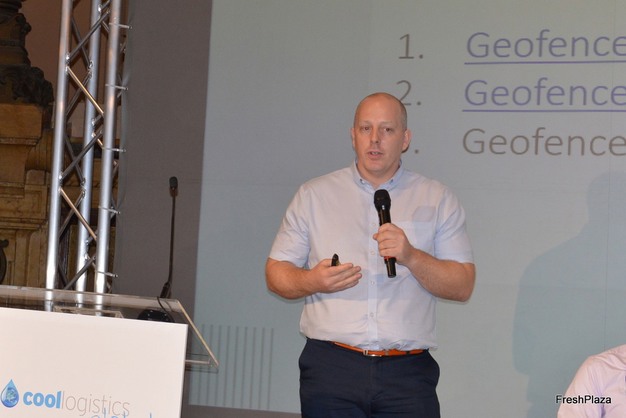
David Roth - CIF Consulting
David Roth an independent consultant at CIF Consulting, spoke about Geofencing and how to create a good geofence, there are sometime multiple geofences for one location which can be confusing. A geofence outlines a boundary for, for example a port facility to make it easier to precisely locate a container, this concept is an opportunity for the cool cargo sector to enable better tracking of containers allowing faster action if a problem occurs.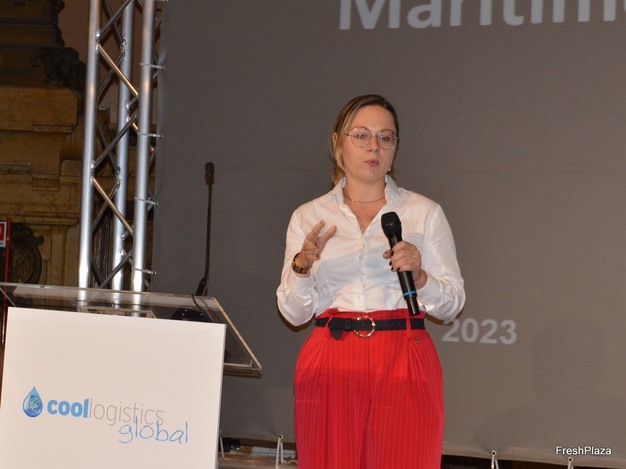
Marianna Letov - Nexxiot
Marianna Letov, Senior Director of Regulatory Affairs at Nexxiot explained that smart containers can communicate in near-real time to warn of damage to the cargo quality. She also spoke at length about cyber security and how companies must know who has access to the data provided by tracking devices and smart containers, also you need to know that the data is safe while it is being transferred from point to point.
Click here to see the photo report
